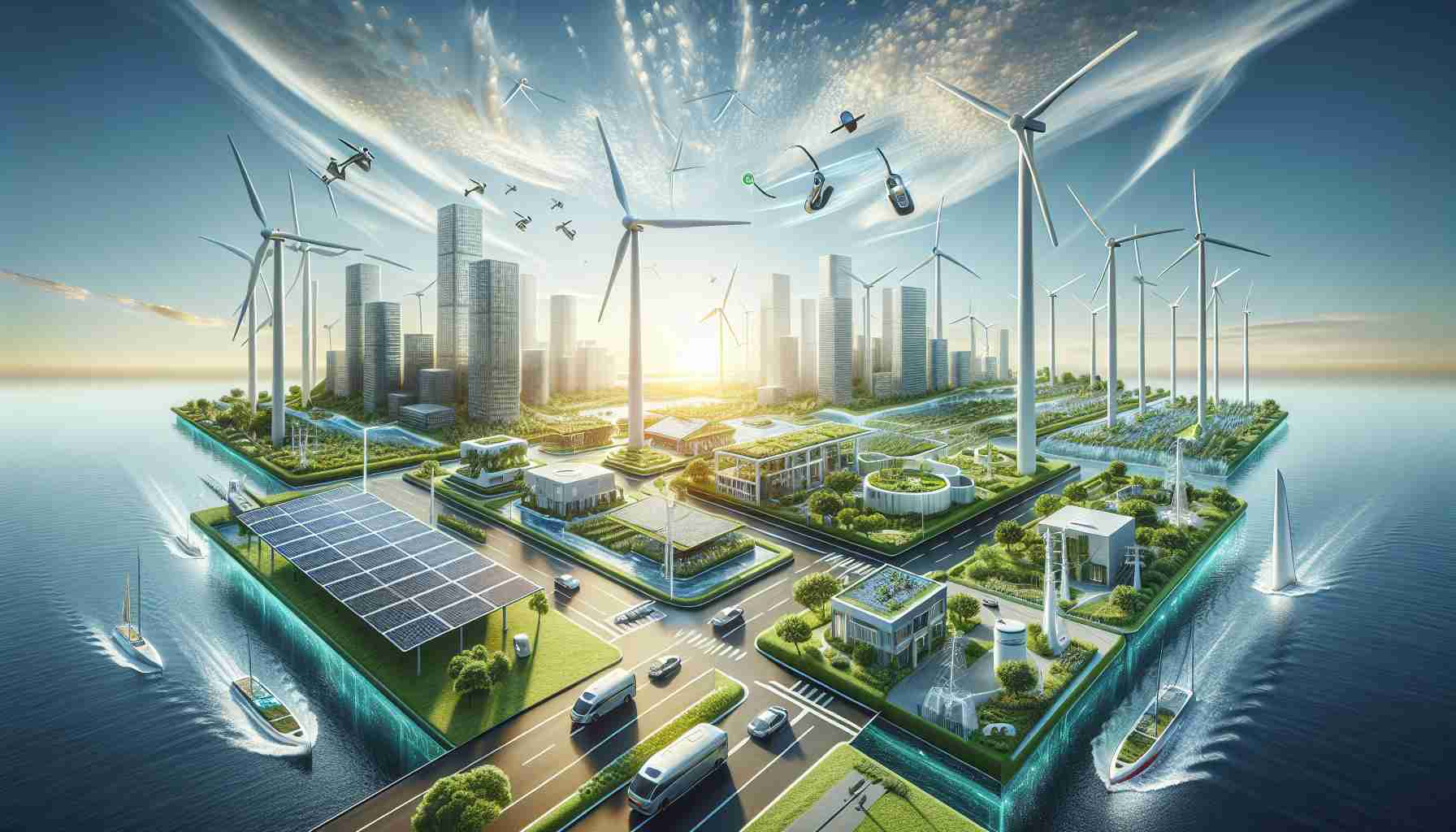A cutting-edge company has introduced ground-breaking technologies, revolutionizing the landscape of electric motion. Emphasizing the crucial need for sustainability, the company has developed high-efficiency solutions that are paving the way for a greener future.
In a recent breakthrough, the company unveiled its latest innovation, surpassing the limits of energy efficiency standards. By incorporating advanced features, the technology not only ensures optimal performance but also sets a new benchmark for hyper-efficient systems.
Noteworthy is the firm’s unwavering commitment to reliability, enhancing operational processes and minimizing downtime. This strategic approach not only conserves energy resources but also significantly reduces maintenance expenses, providing a substantial advantage to businesses.
With a rapidly increasing demand for electric motion predicted in the coming years, the company’s proactive stance on enhancing efficiency holds paramount importance. By championing awareness and advocating for sustainable investments, they are driving a fundamental shift towards greener practices within industries.
Through a forward-thinking approach and a strong dedication to sustainability, the company is spearheading the transition towards energy-efficient solutions on a global scale. By fostering innovation, fostering collaborations, and demonstrating responsible leadership, they are shaping a future where sustainable energy is the cornerstone of progress.
Revolutionizing Sustainable Energy Solutions: Meeting the Challenges Head-On
In the realm of sustainable energy solutions, the importance of continuous innovation and advancement cannot be understated. While the previous article highlighted the strides made by a pioneering company in revolutionizing electric motion technologies, there are additional critical aspects to consider in this rapidly evolving landscape.
Key Questions:
1. What role do renewable energy sources play in the development of sustainable energy solutions?
2. How can energy storage technologies further enhance the efficiency of sustainable systems?
3. What policies and regulations are needed to support widespread adoption of sustainable energy solutions?
Addressing the Challenges:
1. One of the key challenges facing the implementation of sustainable energy solutions is the intermittency of renewable sources such as solar and wind. Energy storage technologies, including advanced batteries and grid-scale storage solutions, are crucial in addressing this issue by storing excess energy for use during periods of low generation.
2. Another challenge lies in the need for robust infrastructure to support widespread adoption of sustainable energy solutions. Upgrading existing grids, implementing smart grid technologies, and developing microgrid systems are essential steps in ensuring the reliability and scalability of renewable energy systems.
Advantages and Disadvantages:
Advantages:
– Reduced carbon footprint: Sustainable energy solutions contribute to reducing greenhouse gas emissions, mitigating the impacts of climate change.
– Energy independence: By utilizing renewable sources, countries can reduce their dependency on fossil fuels and enhance energy security.
– Economic growth: The transition to sustainable energy systems can stimulate job creation and foster innovation in clean technologies.
Disadvantages:
– Initial cost barriers: The upfront investment required for deploying sustainable energy solutions can be a deterrent for some businesses and consumers.
– Grid integration challenges: Integrating renewable energy sources into existing grids may pose technical challenges related to grid stability and reliability.
– Resource constraints: Certain renewable sources, such as rare earth minerals used in wind turbines and electric vehicle batteries, are finite resources that raise concerns about long-term sustainability.
Related Links:
– Department of Energy
– International Energy Agency
